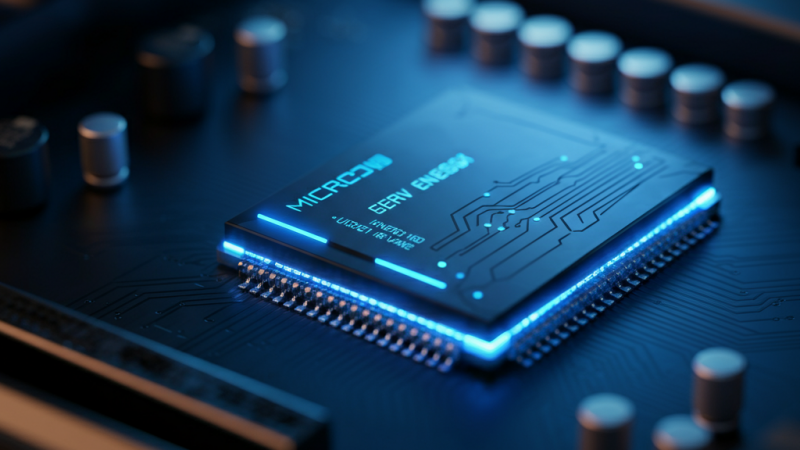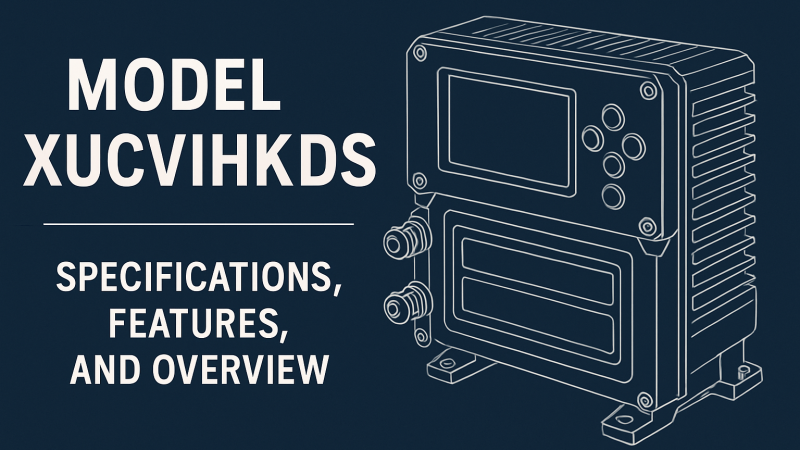How Wearable Technology Can Help People With Neurological Conditions

Many people with neurological conditions have had to live adjusted to their disabilities. These disabilities can vary from mild to severe and can impact different parts of the body. But thanks to advancements in technology, there are now many ways for these people to enjoy life despite their conditions.
In this blog post, we’re going to take a look at some of the ways wearable technology can help people with neurological conditions. We’ll discuss how wearable devices can help patients monitor their health and keep track of their activities, as well as how they can be used as tools for communication and education.
What are Wearable Technology and Neurological Conditions?
Wearable technology has come a long way since its inception as a specialized form of clothing. The advances in wearable technology over the years have made it possible to develop products that are not only stylish but also function as devices that can improve the quality of life for people with neurological conditions.
Several wearable technologies have been specifically designed to help people with neurological conditions, including devices that can provide relief from symptoms such as seizure disorders and chronic pain. A wearable SR device can enable people with neurological conditions to regain control of their lives because it can provide real-time monitoring, which can help to improve patient safety and outcomes.
Overall, wearable technology is a valuable tool for people with neurological conditions and provides them with increased mobility, safety, and independence.
Types of Wearable Devices
The use of wearable devices has increased in recent years, due to their potential to help people with neurological conditions. These devices can be adapted to a wide range of needs, from monitoring medication levels to helping people with Parkinson’s disease control their movements.
Here are some of the most common types of wearable devices used for neurological conditions:
- Activity trackers. Activity trackers are essential for people who have epilepsy or Huntington’s disease, as they can help to identify patterns in how much activity is being undertaken and improve overall health and well-being. They also aid in providing a record of progress over time, which can help manage expectations and improve motivation.
- Brain monitors. Monitors that detect brain activity are used mainly for neurology patients with Alzheimer’s disease or other forms of dementia. By tracking brainwaves, these monitors can provide doctors and loved ones with important information about the patient’s condition and progress toward treatment goals.
- EEGs (electroencephalographs). EEGs measure electrical activity on the surface of the brain using electrodes placed on the scalp. This data can be used to diagnose various disorders and monitor therapy progress.
- GPS units/location tracking systems. GPS units allow people with diseases such as MS or Parkinson’s disease to live more independent lives by providing real-time location
information. This information can be used by caregivers to help with tasks such as dressing, bathing, or moving around the house.
- Stress relief apps. Many ADHD and anxiety relief apps make use of wearable devices to track heart rates, sleep quality, and other physiological indicators. This information can then be used to provide comprehensive feedback on a person’s stress levels, habits, and progress over time.
How do wearable devices work?
Wearable technology can be a big help for people who have neurological conditions. A wearable device is a piece of technology that you wear on your body, and it can help you manage your condition. Some wearable devices track your activity, health status, and symptoms to help you better understand and manage your illness. Wearable devices also help you connect with other people who are living with or caring for the same condition as you. You can share information and support them through the devices.
There are many different types of wearable devices available today. Some wearable devices track your activity, health status, and symptoms to help you better understand and manage your illness. Others connect you with other people who are living with or caring for the same condition as you. Many healthcare providers recommend wearing a wearable device if you have a neurological condition. There are many different types of wearable devices available today, so finding one that is right for you will take some time. You will want to think about what kind of information you would like to track, how often you would like to be updated on this information, and whether or not having the device will improve your quality of life.
Some popular wearable devices used specifically for people with neurological conditions include neuromonitoring bracelets (such as EMG connectivity bracelets), upper extremity Bracelets (such as the MPOWER 2 Upper Extremity Accelerometer/Respirator Continuous Monitoring System), Head-mounted displays (such as Oculus Rift),
Benefits of wearing wearable devices
Wearable technology can help people with neurological conditions. These devices can monitor various aspects of a person’s health, such as heart rate and movement, and send this information to a caregiver or doctor. This data can help improve the quality of life for people with neurological conditions.
Some wearable technology devices are specifically designed to help people with neurological conditions. For example, some wearable monitors measure heart rate and movement, which can help caregivers keep track of a person’s health and determine when they need to intervene. Other devices allow people to track their symptoms electronically, which can provide caregivers with critical information about the person’s condition.
Some hospitals now have dedicated neurology wards that use wearables for monitoring patients’ conditions without having to leave the ward. This allows hospital staff to more easily detect changes in a patient’s condition and respond appropriately. In addition, wearable technology has been shown to improve the quality of life for patients by helping them stay in touch with their families and maintain independence.
Conclusion
Wearable technology is becoming more and more popular, and people with neurological conditions are no exception. By using wearable technology, people with neurological conditions can gain an increased level of independence and manage their symptoms in a way that is both interactive and FUN. Through the use of apps like Dandy & DynaDiab, people can track their symptoms over time to see if there are any patterns or progressions that they may not have otherwise noticed. So whether you’re using a fitness tracker to stay on your healthy routine or you’re using a device to help offset some of your everyday challenges, wearable technology provides immense benefits for those living with neurological conditions!






